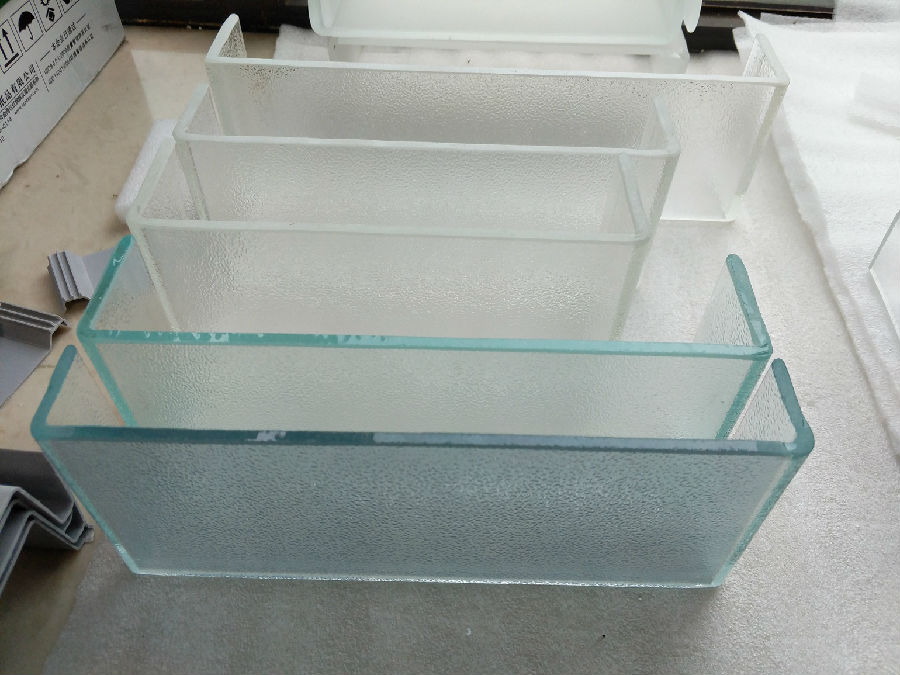Demystifying the chemical composition and prone problems of toughened glass
What is the chemical composition of tempered glass
The general glass is mainly silicate, and only pure quartz glass contains only silica. In addition to optical fibers, there are many glass fibers, such as electronic fibers, high-modulus fibers, and chemical-resistant fibers.
Tempered glass
It is made of general glass through heat treatment. Tempered glass is actually a kind of prestressed glass. In order to improve the strength of glass, chemical or physical methods are usually used to form compressive stress on the surface of the glass. When the glass is subjected to external forces, it first counteracts the external stress, and then improves the bearing capacity and enhances wind pressure resistance, summer heat resistance, and impact resistance.
Tempered glassIt is by cutting ordinary annealed glass to the required size, heating it to approximately 700 degrees close to the softening point, and then cooling it quickly and evenly (usually 5-6MM glass is heated at 700 degrees high It takes about {3}} seconds to cool down 150 seconds. 8-10MM glass is heated at a 700 degree high temperature for 500 seconds, and it takes about 300 seconds to cool down. (Depending on the thickness of the glass, the heating and cooling time is also different).
What problems are prone to tempered glass
1. Although the strength of tempered glass is stronger than ordinary glass, tempered glass has the possibility of self-detonation, while general glass has no possibility of self-detonation.
2, tempered glass can no longer be cut and processed, but can only be processed into the desired shape before tempering, and then tempered.
3 The surface of tempered glass will be uneven and slightly thinner. The reason for the thinning is that the glass is thinner after tempering than before tempering, because the glass is rapidly cooled by strong wind, the crystal gap inside the glass becomes smaller, and the pressure becomes larger. Generally, {{1}} ~ {{{2}} mm glass is thinned after tempering 0. 2 ~ 0. 8 mm, {{6 }} ~ 2 The 0mm glass is thinned after tempering by 0. {{1 0}} ~ 1. 8 mm. The specific degree depends on the equipment, which is why tempered glass cannot be used as a mirror.
4 The flat glass used in buildings will usually deform after passing through the tempering furnace, and the degree of deformation will be determined by the equipment and technicians. To a certain extent, it will affect the decorative effect.

Related Industry Knowledge
- What are the main features of U-shaped glass as a new wall material?
- The development of energy-saving and environmental protection characteristics of architectural curtain wall glass in the market
- Will you design U-shaped glass
- Related concepts about wire U-shaped glass
- Analysis of the factors causing stress spots in the tempered glass
- Technological factors of producing stress spot on tempered glass
- Detailed explanation of physical properties of U-shaped glass
- Tips for selecting frosted glass
- U-shaped glass manufacturers-hot bending glass characteristics and market
- Depth analysis of wire U-shaped glass
- What is the difference between stained glass and painted glass
- What is the development trend of frosted glass
- What are the ranges of tempered glass that must be used
- Decorative characteristics of stained glass in the city
- What you do n’t know about stained glass!
- Teach you how to distinguish between tempered glass and ordinary glass
- Analysis of maintenance tips for toughened glass



